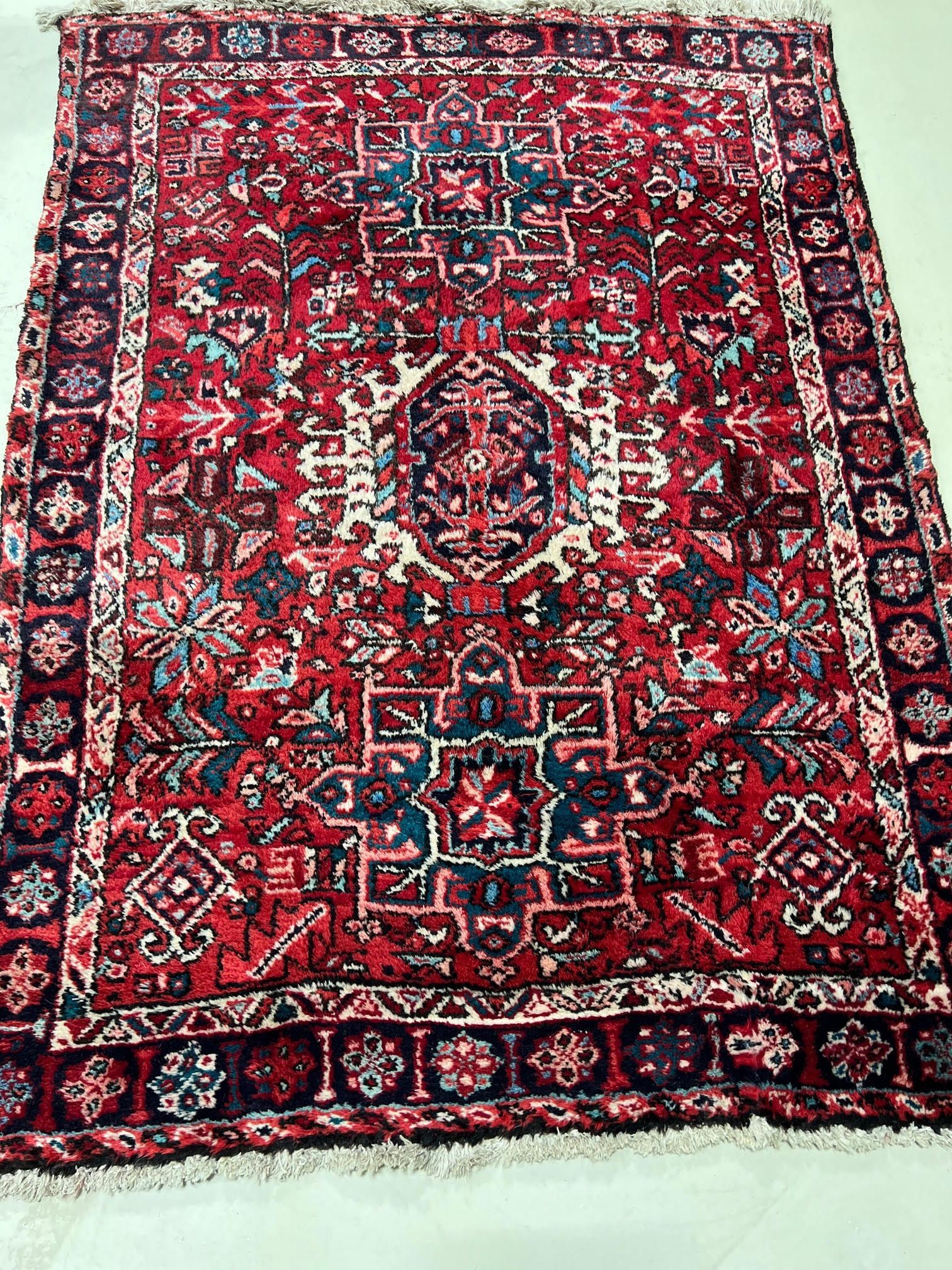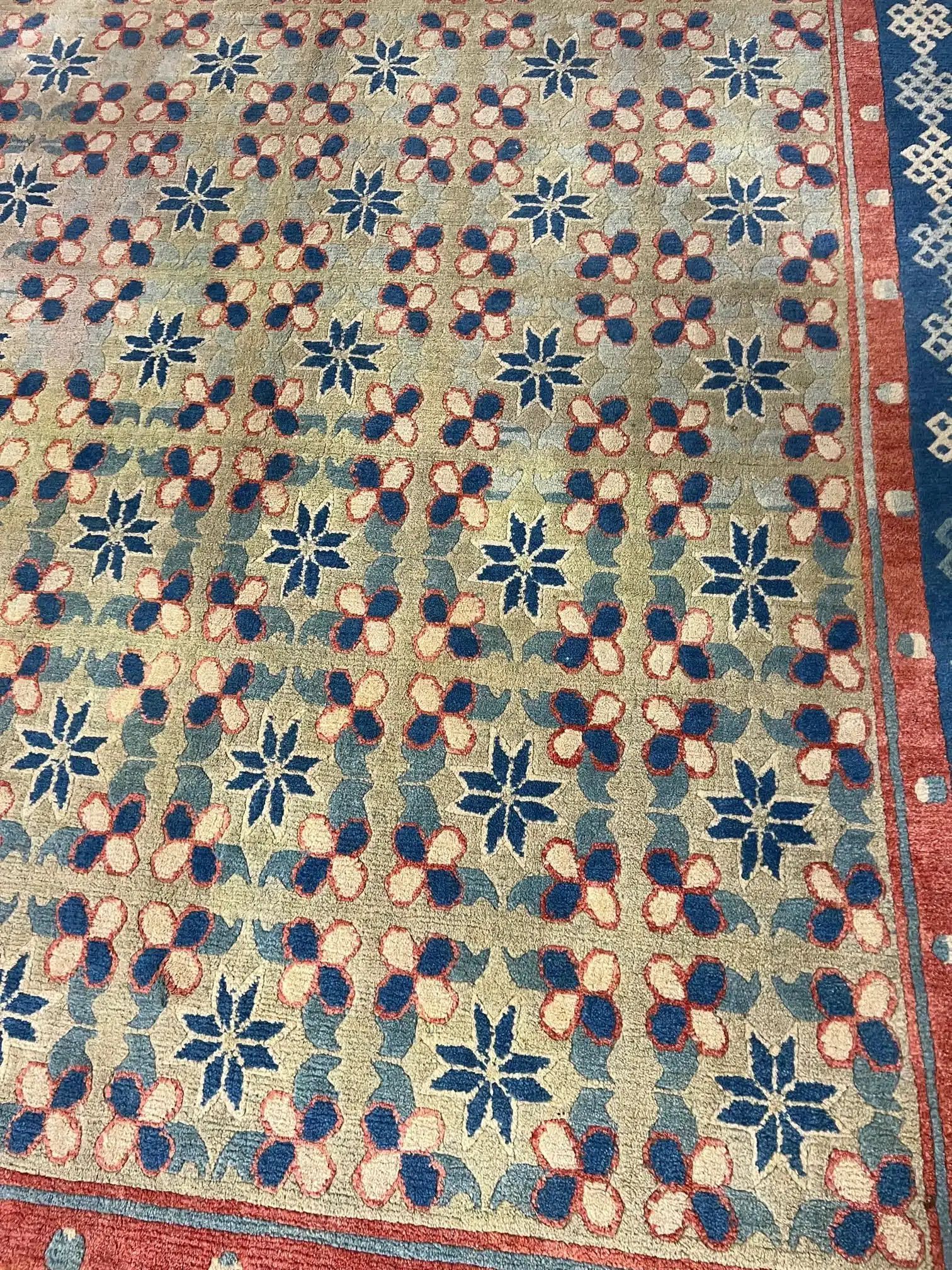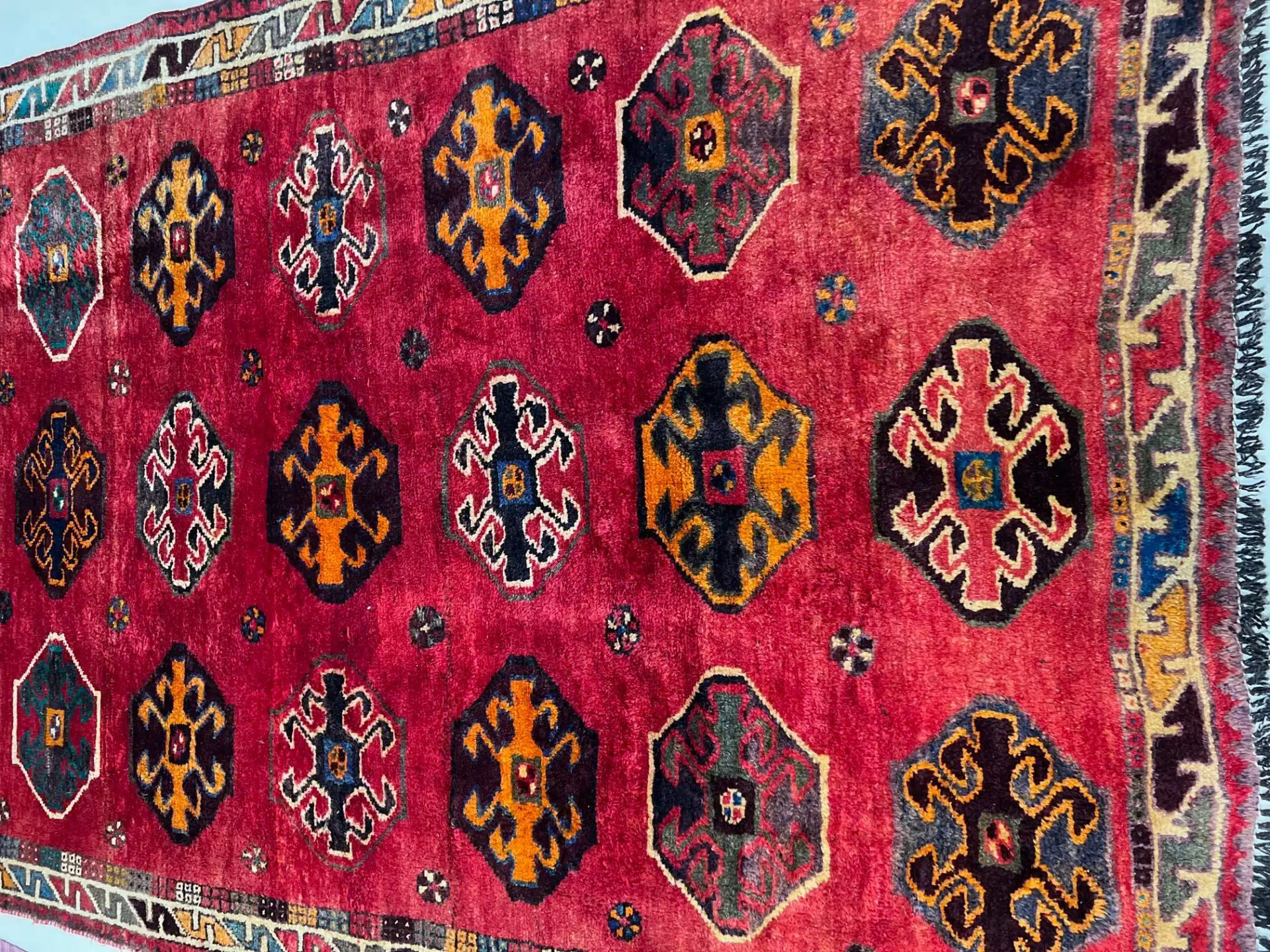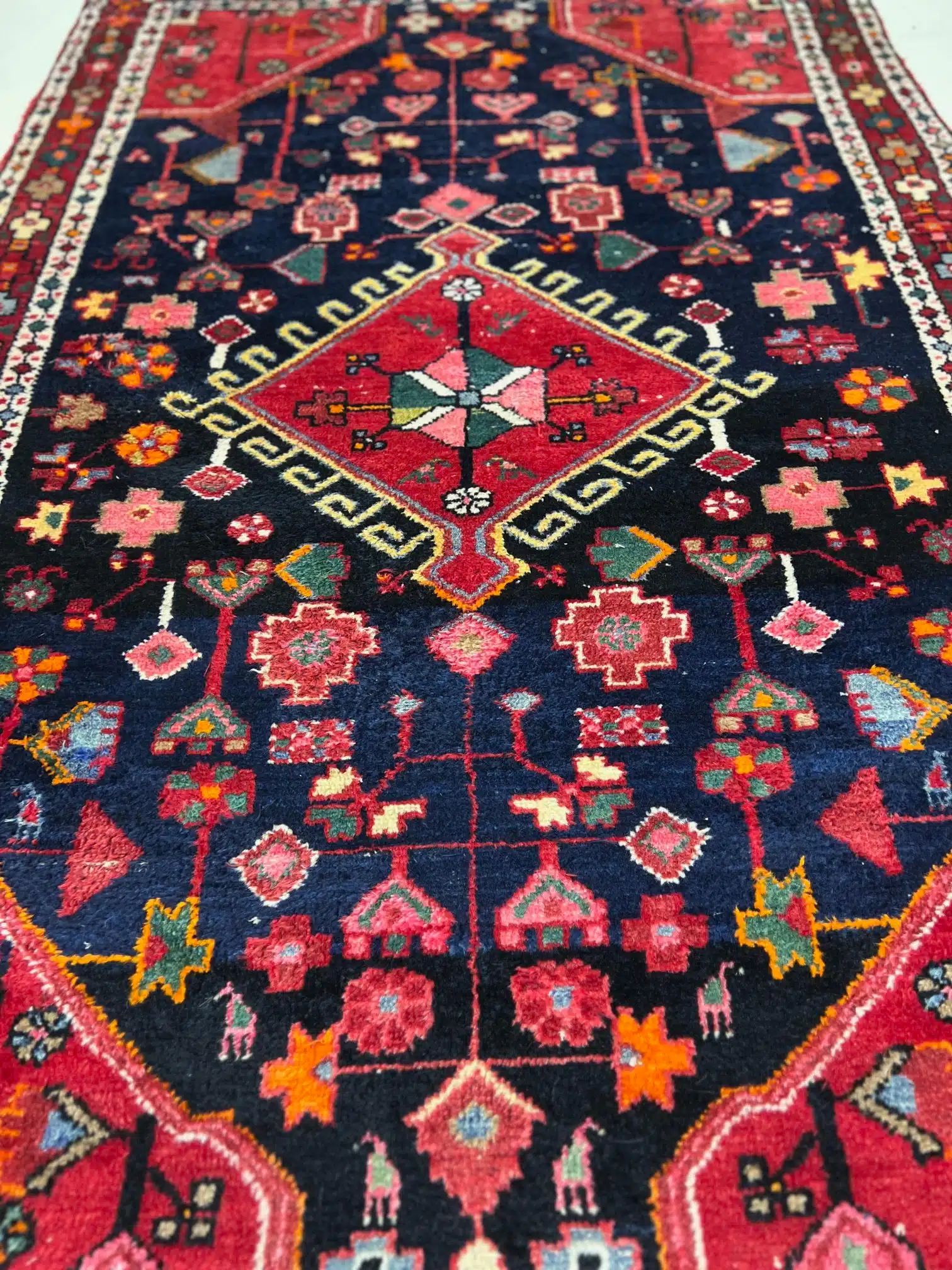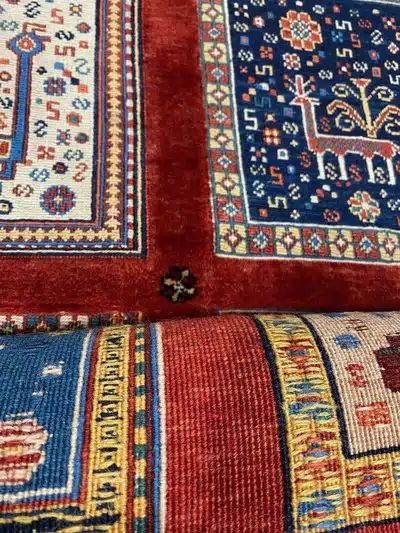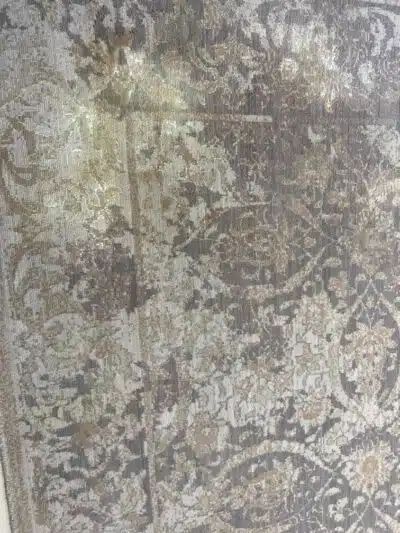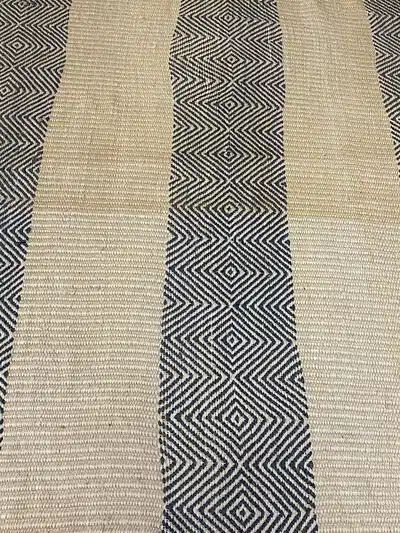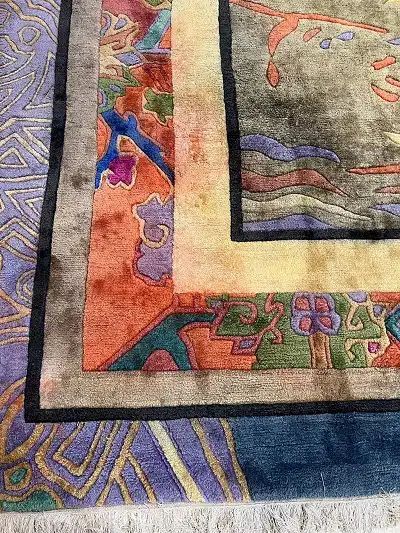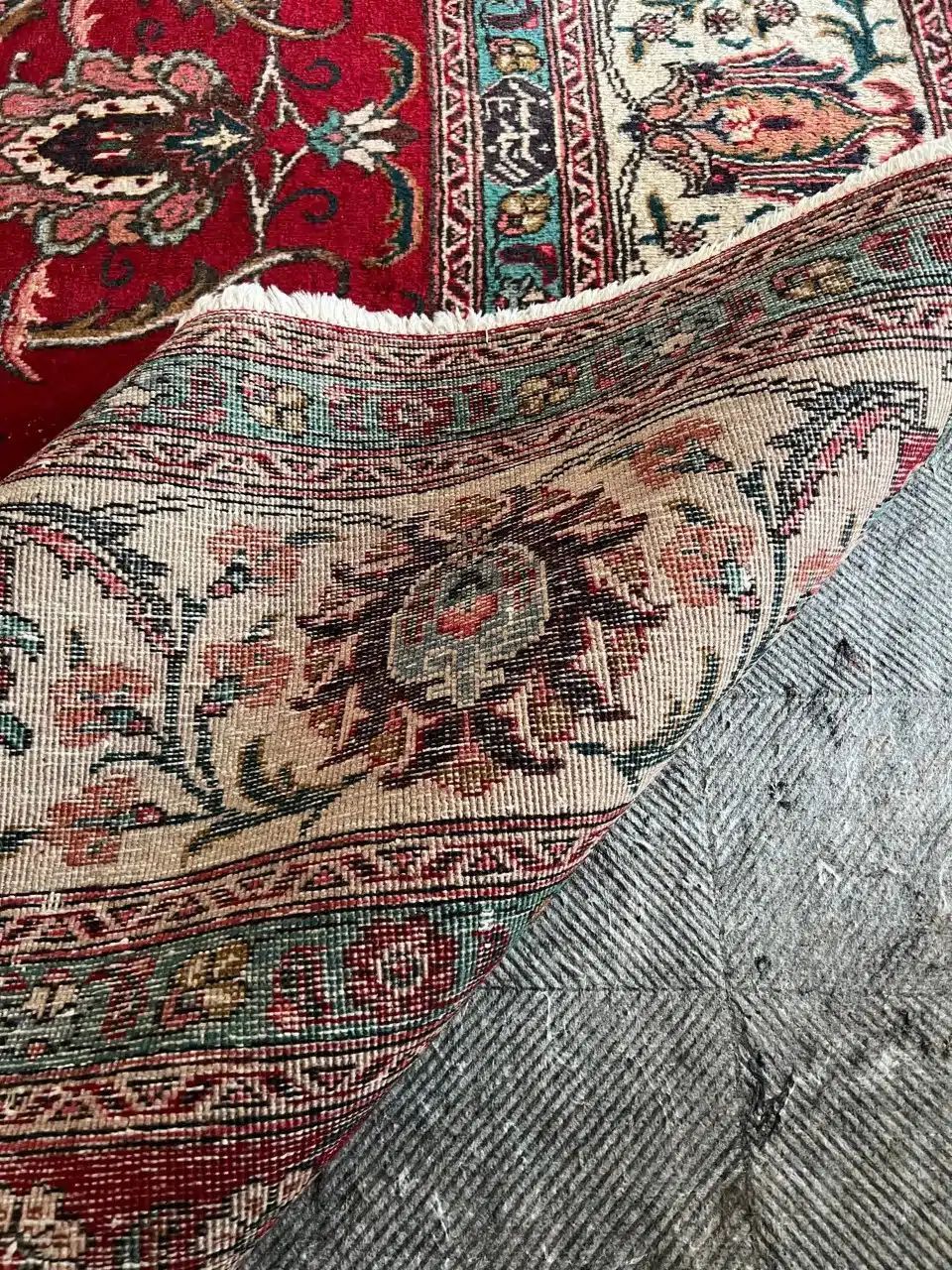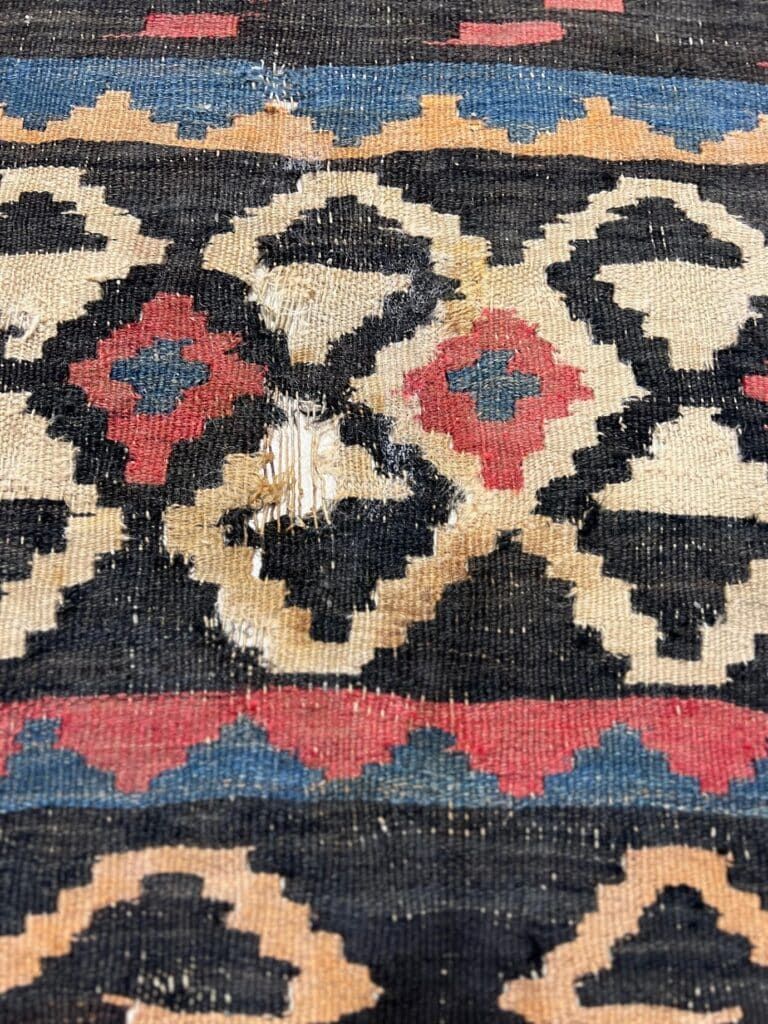Why Abadeh Rugs Are A Good Choice For Your Home
The History of Handwoven Abadeh Rugs
Like most Persian or Oriental rugs, Abadeh rugs are named for the town in which they’re made. Located in the nomadic tribal region of south-central Iran between between Shiraz and Isfahan, Abadeh is well known for its wonderful hand-woven wool rugs. While antique rugs have been skillfully woven here for centuries, the creation process has changed over time, resulting in better materials and quality.
Abadeh has a long history of creating luxury rugs for the European market. Thanks to their nomadic designs and proven durability, they were exported in high volume for hundreds of years. In the late twentieth century, weavers from Abadeh began converting their original designs to those of other Persian weaving regions to meet the continued demand of export consumers.
Abadeh Rugs Are More Durable Than Other Fine Rugs
Abadeh rugs are primarily based on wool pile and cotton warp. The tribal pile wool used is of excellent quality, giving the rugs a medium to fine grade. Thanks to their double weft construction, they are also quite durable.
These rugs have a tightly knotted pile and are primarily woven using flat knots, creating a flat, firm, and closely knotted finished product. Due to their tight construction, they are much more dense and rigid than wool rugs from other Persian rug-making regions.
The Design & Style of Abadeh Rugs
Arguably the best feature of an Abadeh rug is its characteristic pattern and design. Nearly every rug coming from this region has a diamond-shaped central medallion featuring stylized geometrical patterns of birds, animals, and flowers filling in a vibrant red field.
Rug dimensions range from small mats to larger rugs able to fill up a room. Abadeh rugs are beautifully woven using bold, vivid colors such as cobalt blue and flame red. The field or background color is typically red. However, gold, ivory, camel, and blues also appear. The borders, meanwhile, are woven in black or dark blue. Shades of green, gray, and brown are also used for the flowers, birds, and other design elements.
The post Why Abadeh Rugs Are A Good Choice For Your Home appeared first on The Austin Rug Cleaner.
